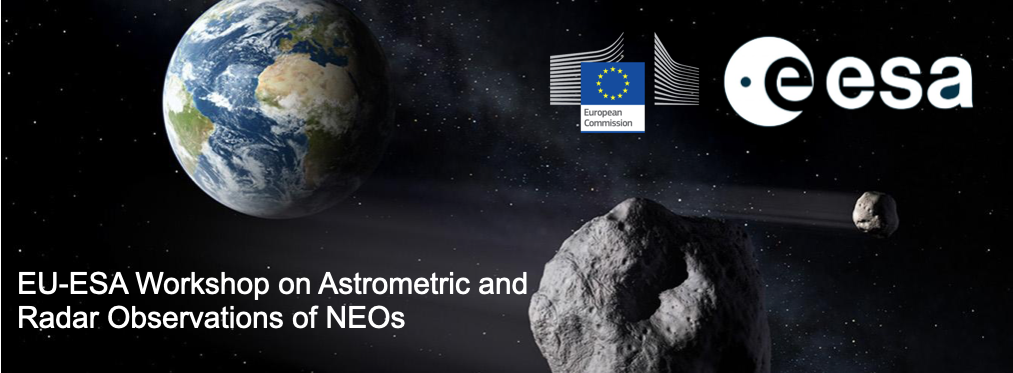Speaker
Description
There are multiple components to the uncertainty of an astrometric observation.The astrometric solution, based on the pixel coordinates of catalog reference stars, involve coefficients whose uncertainties can be computed using standard linear algebra techniques. Independent of that is the centroid of the target object, which depends primarily on the image width and signal-to-noise ratio, though the accuracy of the flat fielding process can contribute secondarily.
More difficult to quantify are offsets between spatial and temporal centroids caused by variations in seeing, atmospheric transparency, and telescope tracking, and I would be interested in proposals for how one might attempt to quantify these effects. Chromatic effects can also be important for observations at large zenith distances, through wide filters (or no filter at all), and lower elevations where the atmosphere is thicker and refraction larger. The size of the effect has been estimated for one particular case, and implementation of a color term in the astrometric solution is a work in progress, but the lack of color information for a newly-discovered near-Earth asteroid represents an obvious limitation, though one can, to first order, assume the asteroid has the color of the Sun or slightly redder than that. More recently recognized is the effect of anomalous refraction, which can be significant for very short exposures, in which the positions of reference sources can be "frozen" at some distance from their nominal positions. Longer exposures ought to reduce the effect, as the average position ought to be closer to the actual position, but then the harder to quantify spatial-temporal offsets start to dominate. A proposal for a term to quantify anomalous refraction will be presented for discussion. Not to be ignored is the uncertainty in the timestamp associated with an observation.
Multiple observations of GPS satellites during evening and morning twilight have been successfully used to quantify the accuracy of the timestamp, but without knowing the source(s) of the noise, it is difficult to know whether the value to report should be the standard deviation or the standard deviation of the mean (or somewhere between these limits), and some discussion of this issue would be welcomed.

